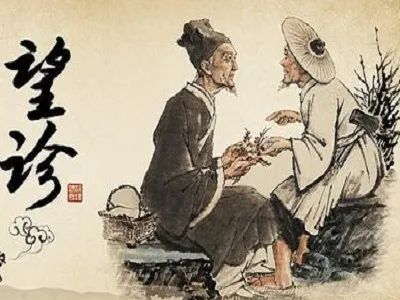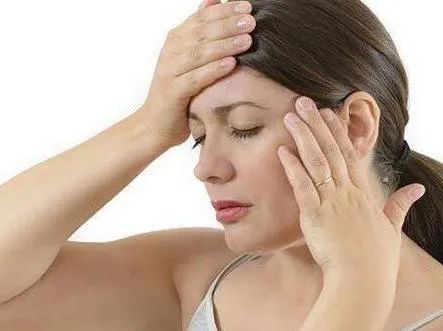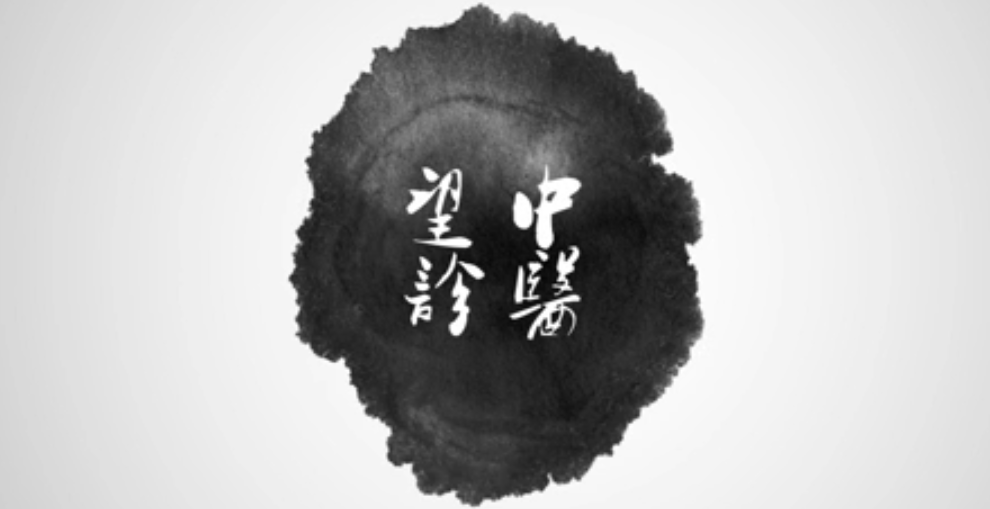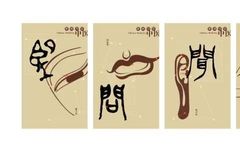Traditional Chinese Medicine Diagnosis – Observation Method
Overview of Observation Diagnosis
The four diagnostic methods in Traditional Chinese Medicine (TCM) refer to the “Four Examinations” proposed by Bian Que, which are: Observation (Wang), Auscultation (Wen), Inquiry (Wen), and Palpation (Qie). These four methods are still widely used today and are important bases for TCM syndrome differentiation and treatment. We have previously learned about the specifics of Inquiry (Wen), and starting today, we will learn about Observation (Wang).

Observation (Wang) is considered the foremost of the four diagnostic methods in TCM. It is said that one can know much from observation, as vision plays a crucial role in understanding objective phenomena. Therefore, doctors must fully utilize visual observation and cultivate and train their ability to observe accurately and swiftly in clinical practice and daily life. Through learning diagnostic knowledge and accumulating clinical experience, the skills of observation will become increasingly proficient.
However, observation also has certain limitations, and it should not solely replace other diagnostic methods. A comprehensive understanding of the condition requires the integration of all four diagnostic methods.

Objectives
1. Master the characteristics and clinical significance of Shen (Spirit), Shi Shen (False Spirit), Chang Se (Normal Color), Bin Se (Pathological Color), and the five colors.
2. Familiarize with common abnormal body shapes and postures.
3. Understand the basic content of observing body shape, posture, facial features, skin, the two Yin areas, excretions, and children’s fingerprints.
Meaning
Observation Diagnosis: The doctor uses vision to observe the external conditions of the body (such as color, shape, local manifestations, tongue appearance, and changes in the quality of secretions and excretions) to understand health status and assess the condition.

PrinciplesHolistic View and External Observation for Internal Insight
Why can observing the patient’s external conditions help understand health status and assess the condition?
This is because observation diagnosis encompasses the principles of holistic view and external observation for internal insight. TCM believes that a person is an organic whole, and the external aspects of the body, especially the face and tongue, are closely related to the internal organs. Localized pathological changes can affect the entire body, and pathological changes in the internal organs, Qi, blood, body fluids, and meridians will inevitably manifest on the body surface, facial features, and corresponding parts of the limbs. Therefore, observing changes in color and shape not only helps understand the overall condition of the body but also serves as a basis for analyzing the physiological and pathological states of Qi, blood, body fluids, and internal organs.

Doctors must pay attention to the following points during observation:
1. Adequate lighting, avoiding interference;
Observation should be conducted in sufficient natural light. If natural light is not available, it should be done under daylight lamps. If necessary, observation should be done during the day, avoiding colored light and temperature interference.

2. Full exposure, eliminating false appearances;
During examination, the examined area must be fully exposed to allow clear observation, facilitating the identification of discrepancies between individual and overall conditions. Any discrepancies should be carefully analyzed to exclude non-pathological causes leading to false appearances.
3. Familiarity with physiology to recognize changes;
To better identify pathological signs, one must learn the normal presentations and physiological characteristics of various tissues, comparing pathological signs with physiological features, and understanding the connections between various tissues and internal organs and meridians, using a holistic perspective for analysis and dynamic observation, judging the clinical significance of pathological signs from the perspective of disease progression.
4. Integrate all four diagnostic methods for comprehensive judgment.
Observation should not replace the other three diagnostic methods; the information from observation alone is insufficient and incomplete. It is important to closely integrate observation with other diagnostic methods and make comprehensive judgments using all four diagnostic methods.

Content
1. Whole Body Observation (Observing Shen, Color, Shape, Posture);
2. Local Observation (Observing Face, Features, Body, Limbs, Two Yin areas, Skin);
3. Observation of Excretions (Observing Phlegm, Vomit, Stool, Urine, etc.);
4. Observation of Children’s Fingerprints;
5. Tongue Diagnosis (Observing Tongue Body, Tongue Coating).
We should note that tongue diagnosis is a unique diagnostic method with rich content in TCM, so we will dedicate a separate discussion to it.
While learning observation diagnosis, although it is divided into different contents, clinical diagnosis still requires comprehensive application without strict differentiation. In the upcoming lessons, we will delve into the specifics of observation diagnosis, so stay tuned!


Chinese herbal formulas, meridian points, and pathological differentiation are compared item by item with clear illustrations.
Long press the QR code to scan and downloadthe Great TCM Encyclopedia, gathering the strengths of many schools and sharing a thousand years of classics.
Click the “Looking” button in the lower right cornerto share with more people!


